Search Results

- IDNO:
- 013207
- Title:
- Weston Train and Trolley Station, Weston, W. Va.
- Date:
- ca. 1910
- Description:
- A train approaches the Weston Train and Trolley Station as men crowd around.
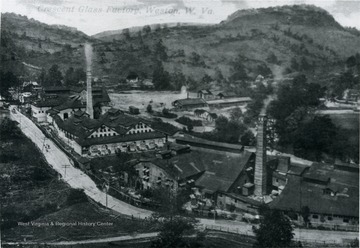
- IDNO:
- 013209
- Title:
- Crescent Window Glass Factory, Weston, W. Va.
- Date:
- ca. 1900
- Description:
- An aerial view of the Crescent Glass Factory in Weston.
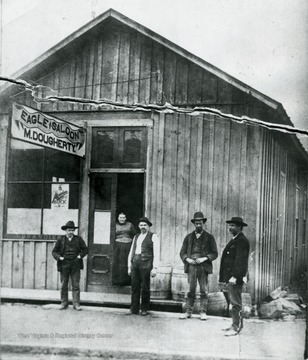
- IDNO:
- 013211
- Title:
- Dougherty's Eagle Saloon, Weston, W. Va.
- Date:
- ca. 1889
- Description:
- A view of Dougherty's 'Eagle Saloon'in Weston, located on the East side of Main Street between 1st Street and Bank Alley.
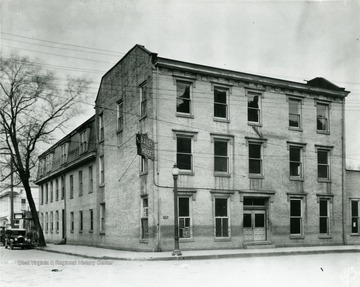
- IDNO:
- 013226
- Title:
- Bailey House, Weston, W. Va.
- Description:
- A view of the Bailey House building in Weston.
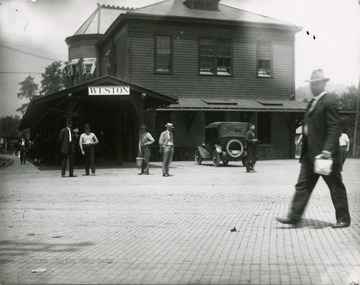
- IDNO:
- 013227
- Title:
- Weston Train and Trolley Station, Weston, W. Va.
- Date:
- ca. 1900-1910
- Description:
- A scene of people coming and going from the Weston Train and Trolley Station.

- IDNO:
- 013240
- Title:
- Customers in front of the Old Bailey House, Weston, W. Va.
- Date:
- ca. 1900
- Description:
- View of the old Bailey House, located on the corner of Main and Second Streets. 'The sign 'Bailey and Tunstil' on the store was Major Bailey and his son-in-law. In the group was David Bare, father; J. H. Bare, druggist; Andrew Edmiston, known as Sr., a long prominent lawyer; and John S. Camden, later of Parkersburg. Here Thomas Jackson, J. A. J. Lightburn, Johnson N. Camden, and G. J. Butcher took examination for West Point. Butcher won, stayed a week, then came home. Jackson went as a second choice.'
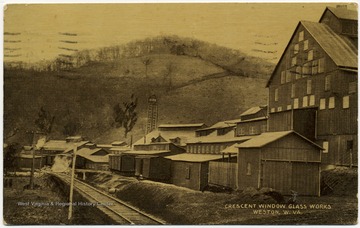
- IDNO:
- 028375
- Title:
- Crescent Window Glass Works, Weston, W. Va.
- Date:
- 1909
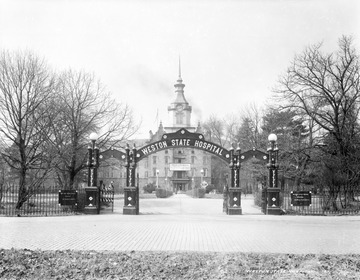
- IDNO:
- 052395
- Title:
- Weston State Hospital, Weston, W. Va.
- Date:
- undated
- Description:
- "The Weston State Hospital, also known as the Trans-Allegheny Lunatic Asylum, was constructed in the late 1800s and designated a National Historic Landmark in 1990. It is the largest hand-cut stone masonry building in North America, and is purportedly the second largest in the world, next to the Kremlin. The original hospital, designed to house 250 souls, was open to patients in 1864 and reached its peak in the 1950s with 2,400 patients in overcrowded and generally poor conditions. Changes in the treatment of mental illness and the physical deterioration of the facility forced its closure in 1994 inflicting a devastating effect on the local economy, from which it has yet to recover. Today, the hospital is open to historical tours and ghost tours."